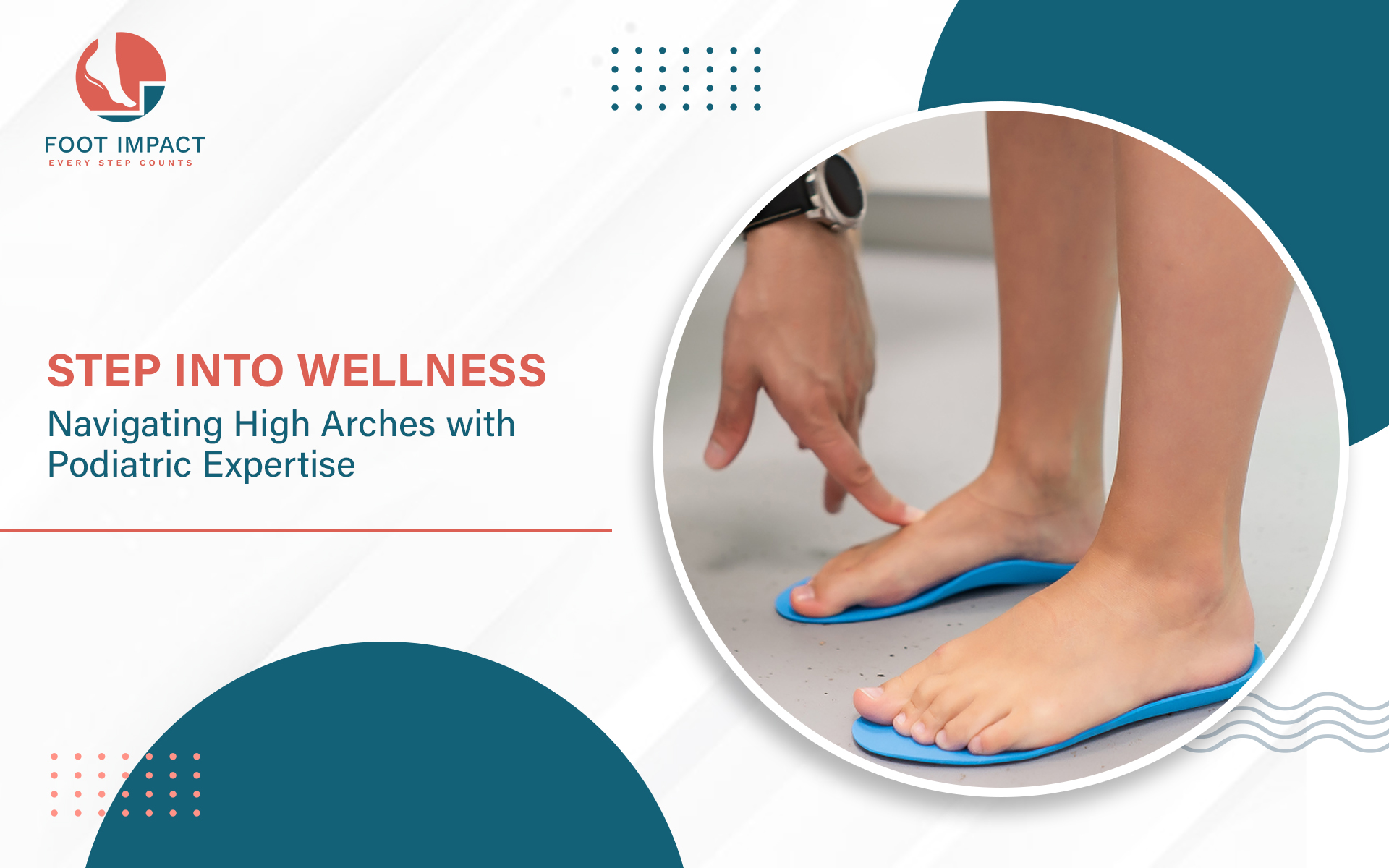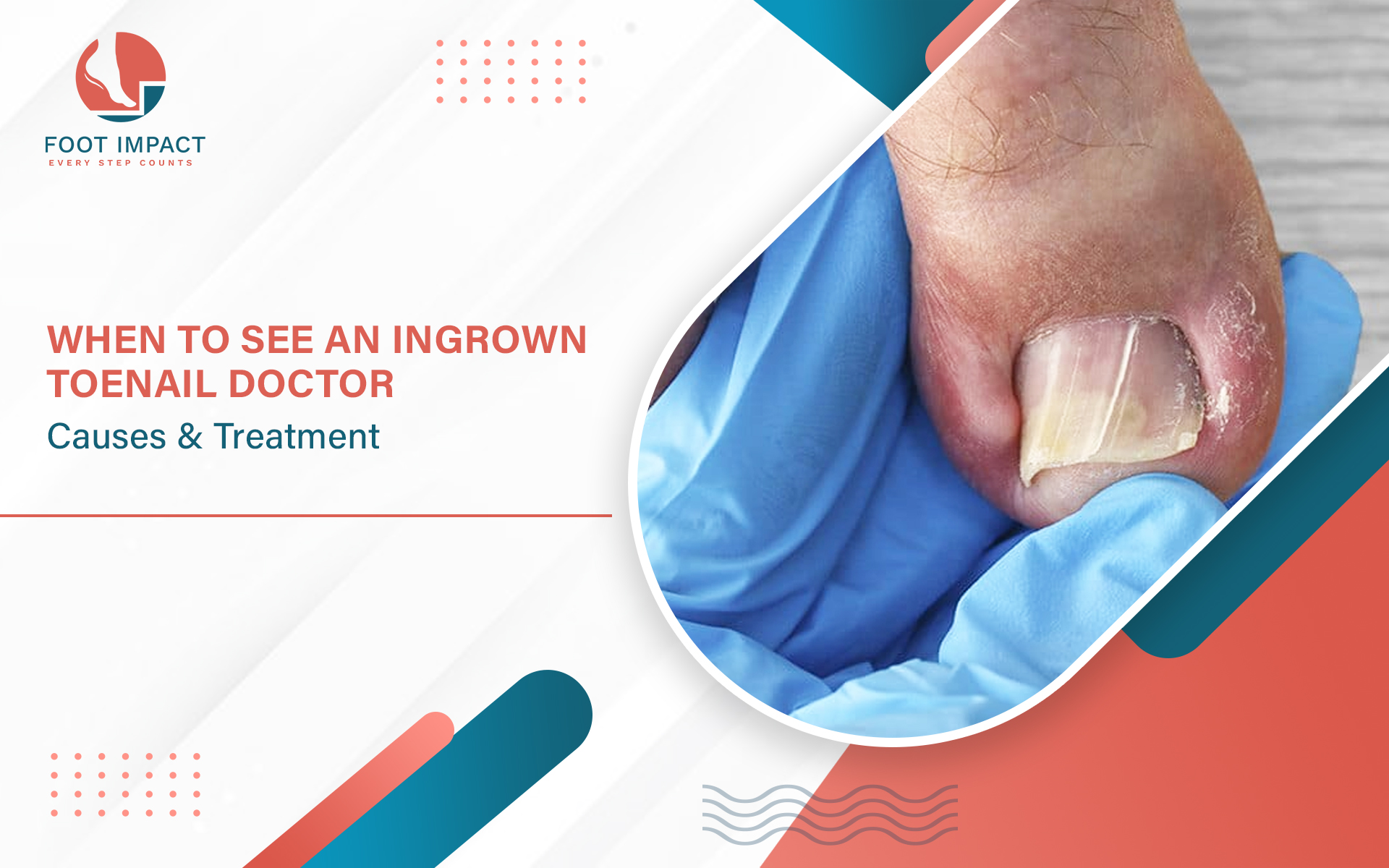Step Into Wellness: Navigating High Arches with Podiatric Expertise
In the intricate ballet of life, each step we take plays a crucial role in our overall well-being. However, for individuals with high arches, every stride presents unique challenges and potential risks. High arches, also known as pes cavus, occur when the foot's arch is elevated beyond the norm. Whether inherited or stemming from neurological disorders or muscle imbalances, this condition demands attention for its impact on foot health.
Understanding High Arches:
High arches extend beyond mere aesthetics, significantly influencing an individual's mobility, stability, and overall foot health. Those with this condition often grapple with foot pain, instability, balance issues, and an elevated risk of injury. Addressing these concerns promptly is paramount to preventing further complications and maintaining optimal foot health.
The Podiatrist's Role:
Podiatrists, specialists in foot and ankle health, assume a pivotal role in preventing, diagnosing, and managing high arches. Consulting a podiatrist is imperative for those with high arches, given these professionals' expertise in identifying issues related to foot structure and gait patterns. Here's why seeking the guidance of a podiatrist is crucial:
1. Tailored Treatment Plans:
Podiatrists can craft personalized treatment plans catering to the unique needs of individuals with high arches. These plans may encompass orthotic devices, stretching exercises, and footwear recommendations, all aimed at alleviating discomfort and enhancing foot function.
2. Early Issue Detection:
Regular consultations with a podiatrist enable the early identification of potential problems associated with high arches. Addressing issues promptly can prevent the escalation of conditions, mitigating the risk of chronic pain or permanent damage.
3. Gait Analysis:
Skilled in conducting gait analysis, podiatrists assess how individuals walk or run. For those with high arches, gait abnormalities are common and can contribute to various musculoskeletal problems. Gait analysis aids podiatrists in pinpointing abnormalities and suggesting corrective measures.
4. Injury Prevention:
Individuals with high arches are more susceptible to specific injuries, including stress fractures, ankle sprains, knee ligament injuries, and tendon issues. Podiatrists offer guidance on injury prevention strategies, encompassing proper footwear, strengthening exercises, and biomechanical corrections.
5. Pain Management:
Foot pain associated with high arches can significantly impact an individual's quality of life. Podiatrists provide effective pain management strategies, incorporating therapeutic interventions, medications, and lifestyle modifications.
High arch foot is stiff foot means poor shock absorption which can leads to ankle pain, knee pain, IT band issues etc.
Conclusion:
In life's journey, each step is significant, and caring for our feet is integral to overall well-being. For individuals with high arches, consulting a podiatrist is not just recommended but essential. Through early intervention, personalized treatment plans, and expert guidance, podiatrists empower individuals to proactively prevent further injuries, enabling a more comfortable and active lifestyle. When it comes to foot health, taking a step in the right direction involves seeking the expertise of a podiatrist.



